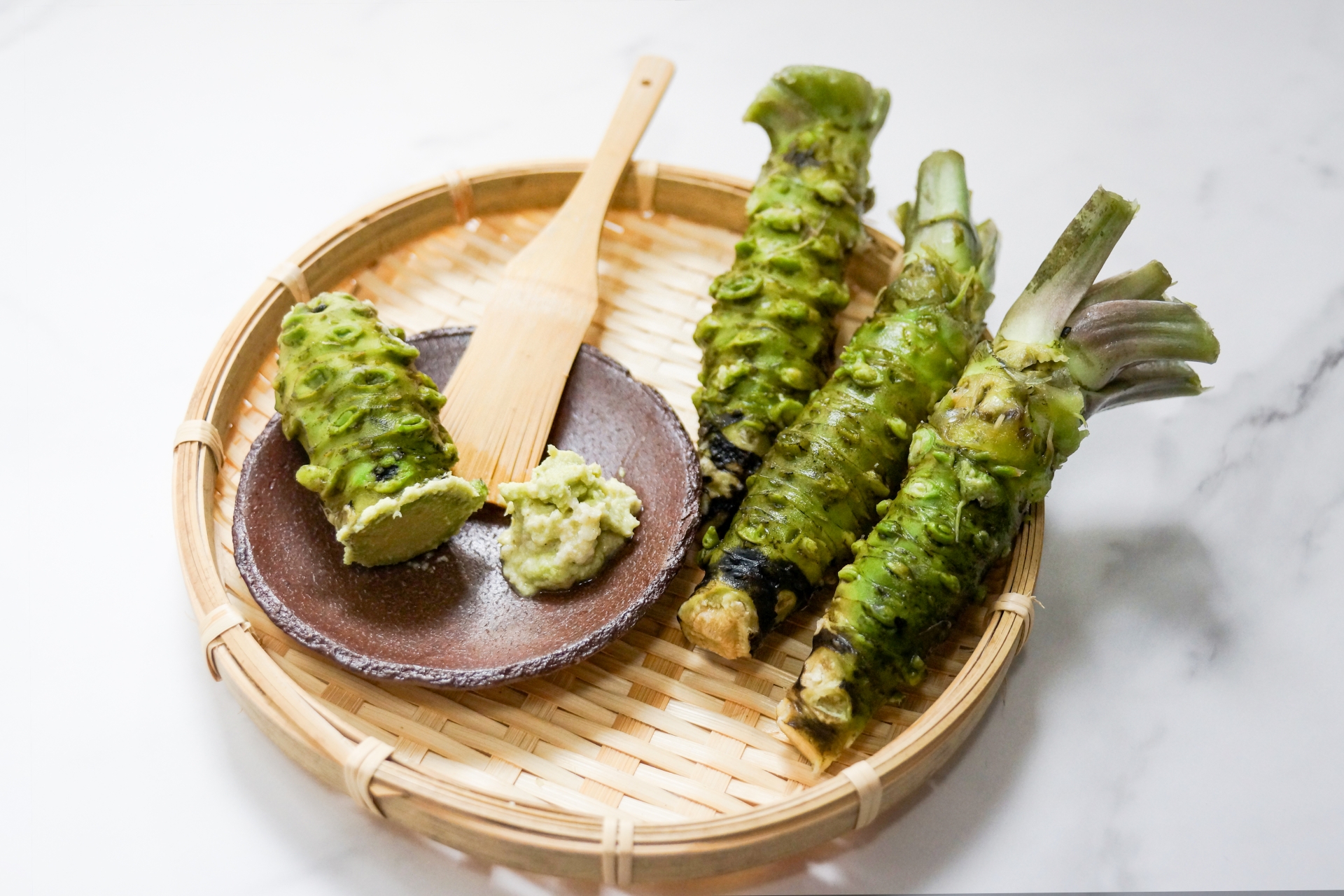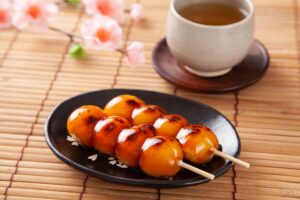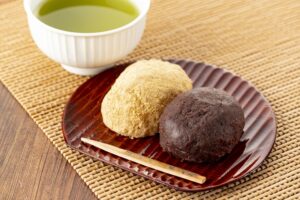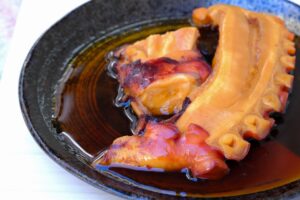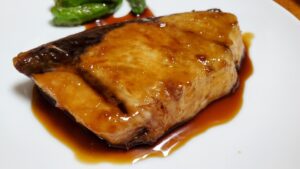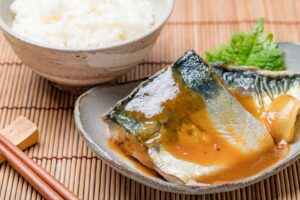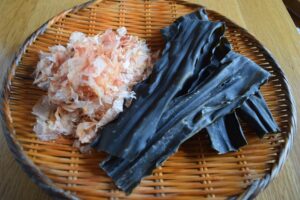Wasabi is a staple in Japanese cuisine, known for its unique flavor and heat. However, many people outside Japan are unaware of what authentic wasabi is, often confusing it with the horseradish-based imitation found in most restaurants. This article aims to provide a comprehensive understanding of wasabi, covering its origin, varieties, health benefits, and how to distinguish real wasabi from fake ones. Whether you’re a food enthusiast, a health-conscious consumer, or someone looking to grow wasabi at home, this guide has all the information you need.
What Is Wasabi?
Wasabi, scientifically known as Wasabia japonica, is a plant native to Japan, renowned for its distinct spicy flavor and aroma. It belongs to the Brassicaceae family, which also includes horseradish and mustard. Wasabi grows primarily in the cold, mountainous regions of Japan, thriving in the nutrient-rich, running water found in these areas. Its cultivation is particularly challenging due to the specific environmental conditions required, including high humidity, shade, and clean, flowing water. This rarity makes real wasabi a prized commodity, often reserved for high-end culinary use, particularly in authentic Japanese cuisine.
Real Wasabi vs. Imitation Wasabi
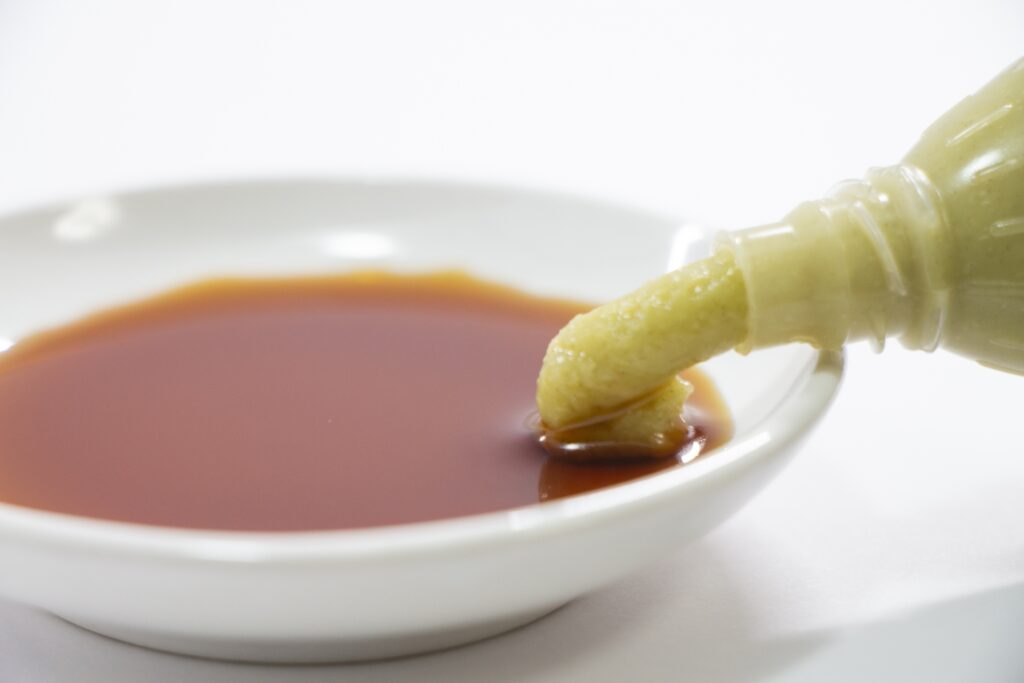
Most wasabi served outside Japan is actually an imitation made from a blend of horseradish, mustard, and green food coloring. Real wasabi, grated from the rhizome of the Wasabia japonica plant, has a fresher, sweeter, and more complex flavor profile. Unlike imitation wasabi, which delivers a straightforward, lingering heat, real wasabi’s spiciness is more aromatic and dissipates quickly, leaving a mild, sweet aftertaste. Imitation wasabi is more prevalent due to its ease of production and lower cost, as cultivating real wasabi is labor-intensive and expensive.
Why Is Real Wasabi So Expensive?
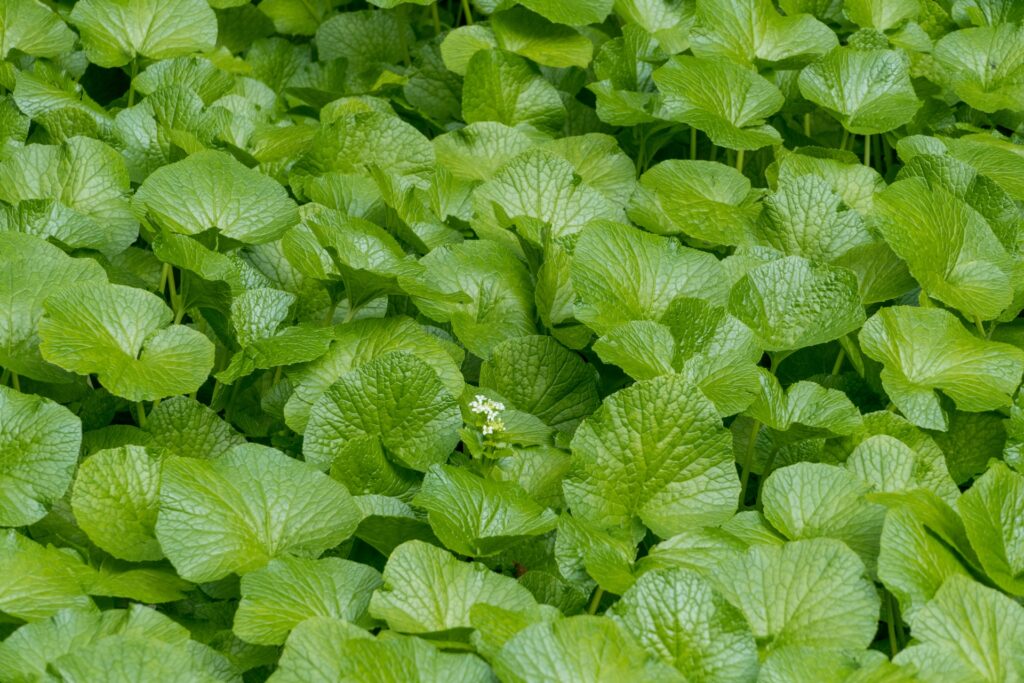
The high cost of real wasabi is largely due to its challenging cultivation process. Wasabi plants require specific growing conditions, including pristine water and consistent shade, making them susceptible to diseases and environmental changes. Additionally, wasabi grows slowly, taking up to 18 months to mature. The best wasabi is found in regions like Shizuoka, Nagano, and the Izu Peninsula in Japan, where traditional methods of cultivation are meticulously followed. These factors contribute to the limited supply and high demand, driving up the price.
The Unique Flavor of Wasabi
Wasabi’s flavor is distinct from other spicy condiments. It offers a sharp, horseradish-like heat that stimulates the nasal passages rather than the tongue, creating a unique sensory experience. This quick, aromatic spiciness is attributed to allyl isothiocyanate, a compound released when the wasabi rhizome is grated. The flavor profile includes notes of sweetness and vegetal freshness, making it a perfect complement to dishes like sushi, where it helps to highlight the delicate flavors of raw fish.
How to Use Wasabi in Cooking
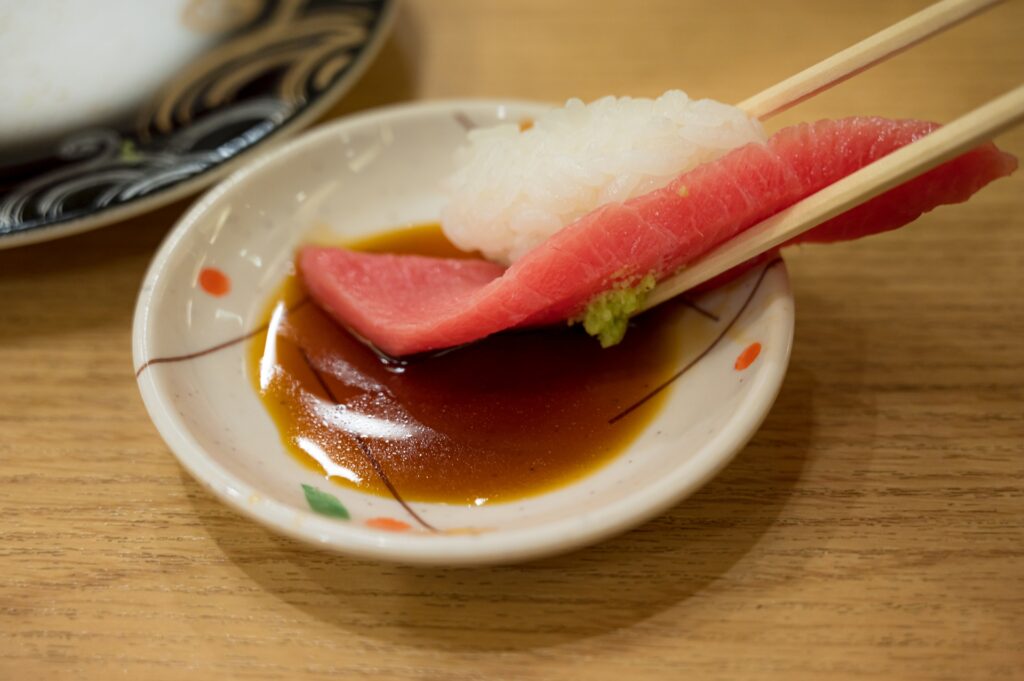
Wasabi is most commonly associated with sushi, where it enhances the flavors and provides a spicy contrast. However, its use is not limited to this. Wasabi can be incorporated into various sauces, dressings, and marinades to add a zesty kick. It is also popular in wasabi-flavored snacks, such as peas and nuts, providing a spicy twist. Beyond traditional Japanese cuisine, wasabi’s unique flavor can elevate Western dishes, such as mashed potatoes, steaks, and even cocktails.

Health Benefits of Wasabi
Real wasabi is not only flavorful but also offers several health benefits. It has anti-inflammatory properties, making it beneficial for reducing inflammation in the body. Wasabi is also known for its antimicrobial effects, which can help in fighting bacterial infections. Some studies suggest that compounds in wasabi may possess cancer-fighting properties. It is important to note that these health benefits are primarily associated with real wasabi, not the imitation, which lacks the same nutritional profile.
How to Store and Prepare Wasabi
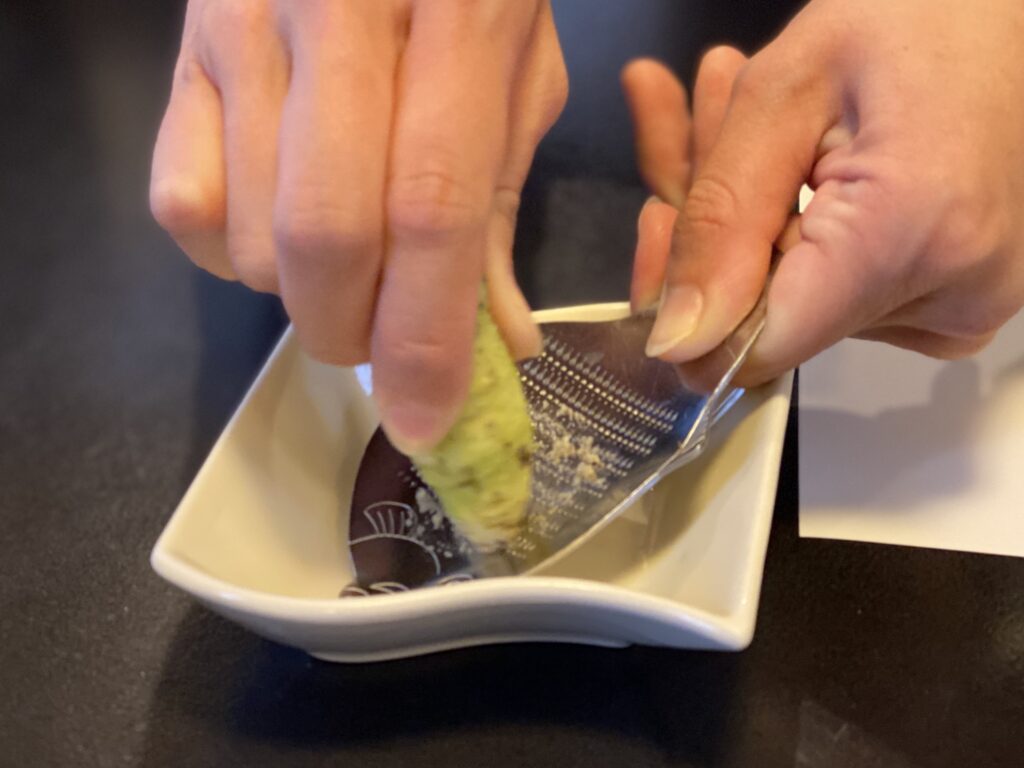
To maintain its freshness, real wasabi should be stored in a cool, damp place, preferably wrapped in a damp cloth and refrigerated. Grating wasabi should be done using a traditional sharkskin grater or a fine microplane to achieve the correct texture and release the essential oils that give wasabi its signature flavor. Freshly grated wasabi should be used immediately for the best taste experience, as its flavor peaks just minutes after grating.

